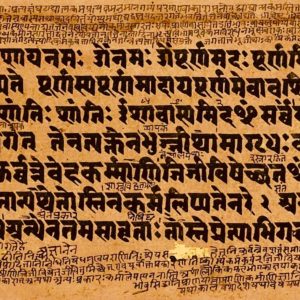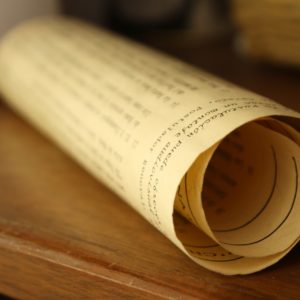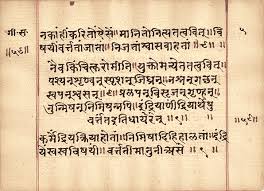Description
Objective
– To provide an introduction and background of the Vyākaraṇa and allied Vedāṅgas,
pre-Pāṇinian and Pāṇinian tradition of Vyākaraṇa
Expected
Outcomes:
· Ability
to understand the architecture of Aṣṭādhyāyī as a treatise of language
structure
· Ability
to independently study Aṣṭādhyāyī with allied texts
· Comprehend
the computational model of Sanskrit grammar as propounded in Aṣṭādhyāyī
Prerequisite – None
1.1.
Introduction to Vyākaraṇa: [3 hours]
·
Vedic limbs pertaining to language (Sanskrit)
– Śikṣā,
Nirukta and Vyākaraṇa
·
Sanskrit – Vedic and Laukika
1.2.
Pāṇini, his predecessors and successors [3 hours]
·
Tradition of Vyākaraṇa
known preceding Pāṇini
·
Contribution of Pāṇini
as the holistic grammarian and language scientist
·
Pāṇini
and his successors – the unbroken lineage of Vyākaraṇa
1.3.
Structure of Aṣṭādhyāyī
[9 hours]
·
The Māheśvara
sūtras
·
Types of sūtras
·
General introduction to contents of
the chapters of Aṣṭādhyāyī
·
Computation model of Aṣṭādhyāyī
·
Data vs meta data
·
Usage of artificial categories for
a real purpose
·
Universal grammar
·
Introduction to Mahābhāṣya
and Kāśikā
1.4.
Siddhānta-kaumudī model [3
hours]
· Rationale
of application of sūtras in the Siddhānta-kaumudī
model over the Aṣṭādhyāyī
model [2 hours]
·
Overview of chapterization in Siddhānta-kaumudī [1 hour]
1.5.
Aṣṭādhyāyī – sañjñā and paribhāṣā sūtra text (along with Kāśikā) [12 hours]








Reviews
There are no reviews yet.